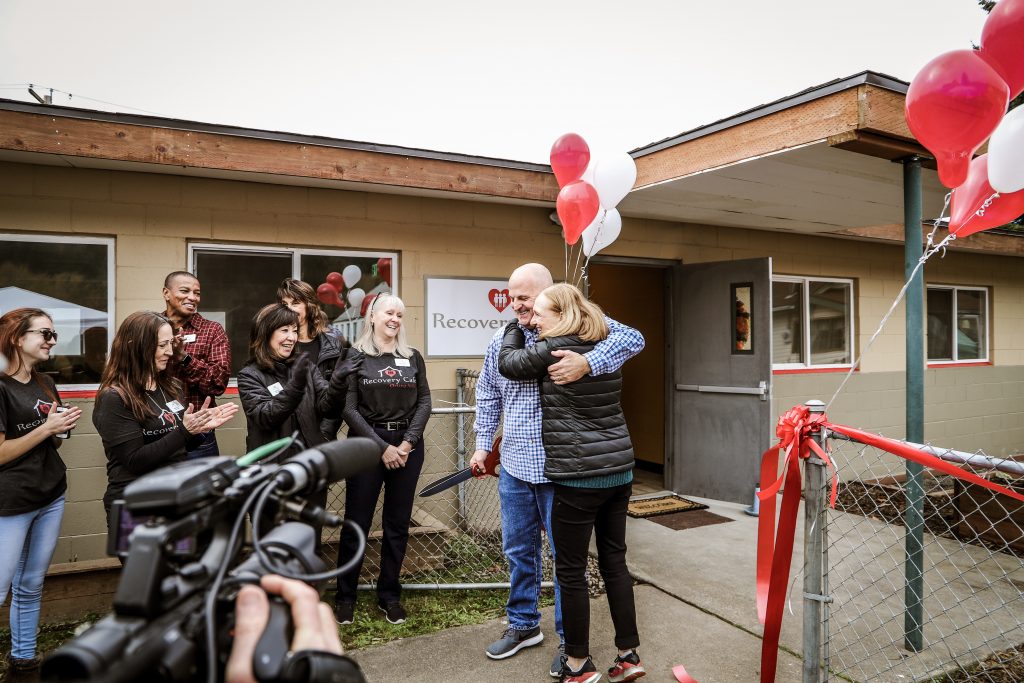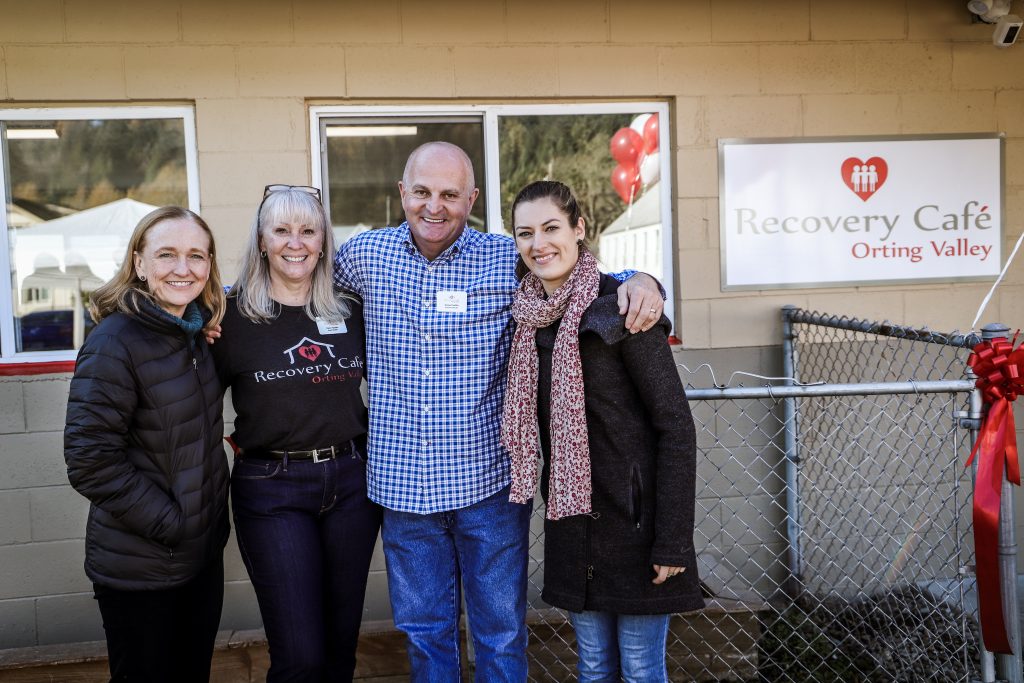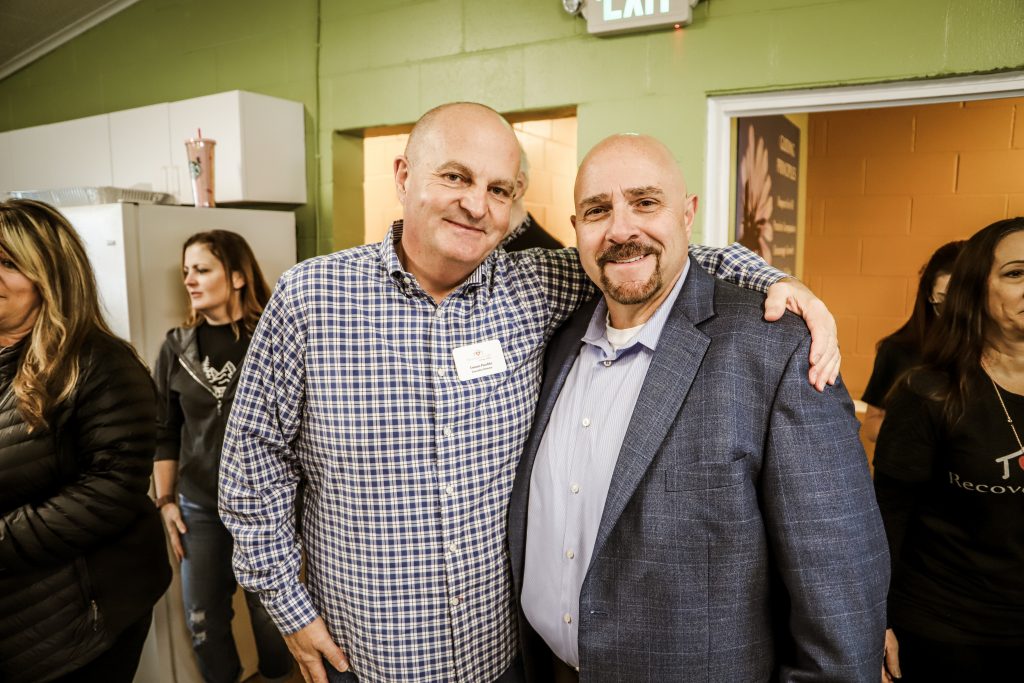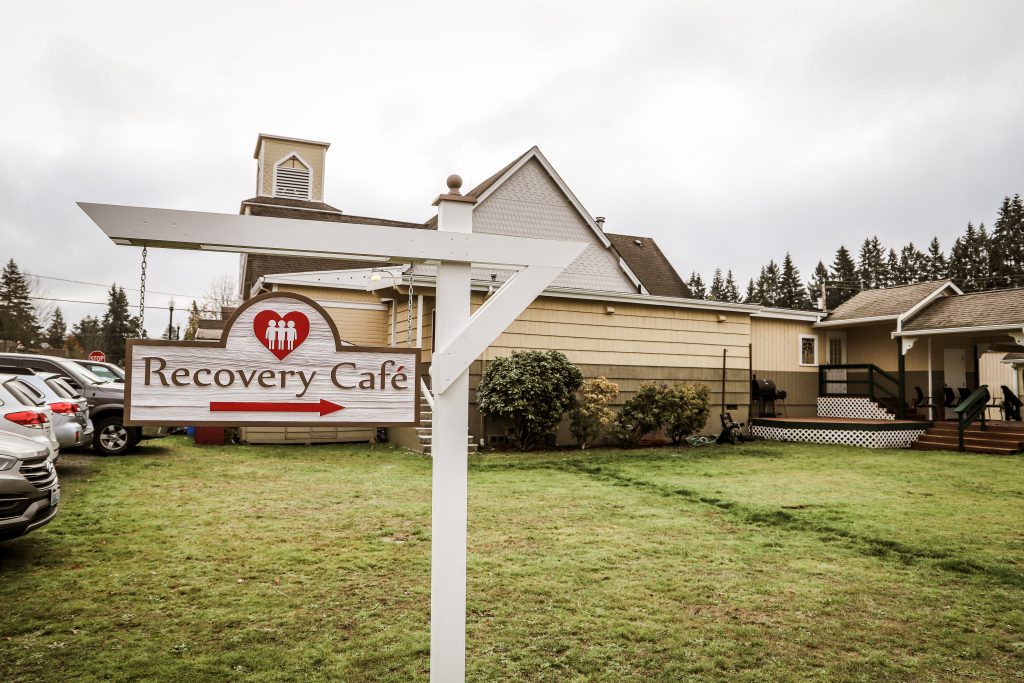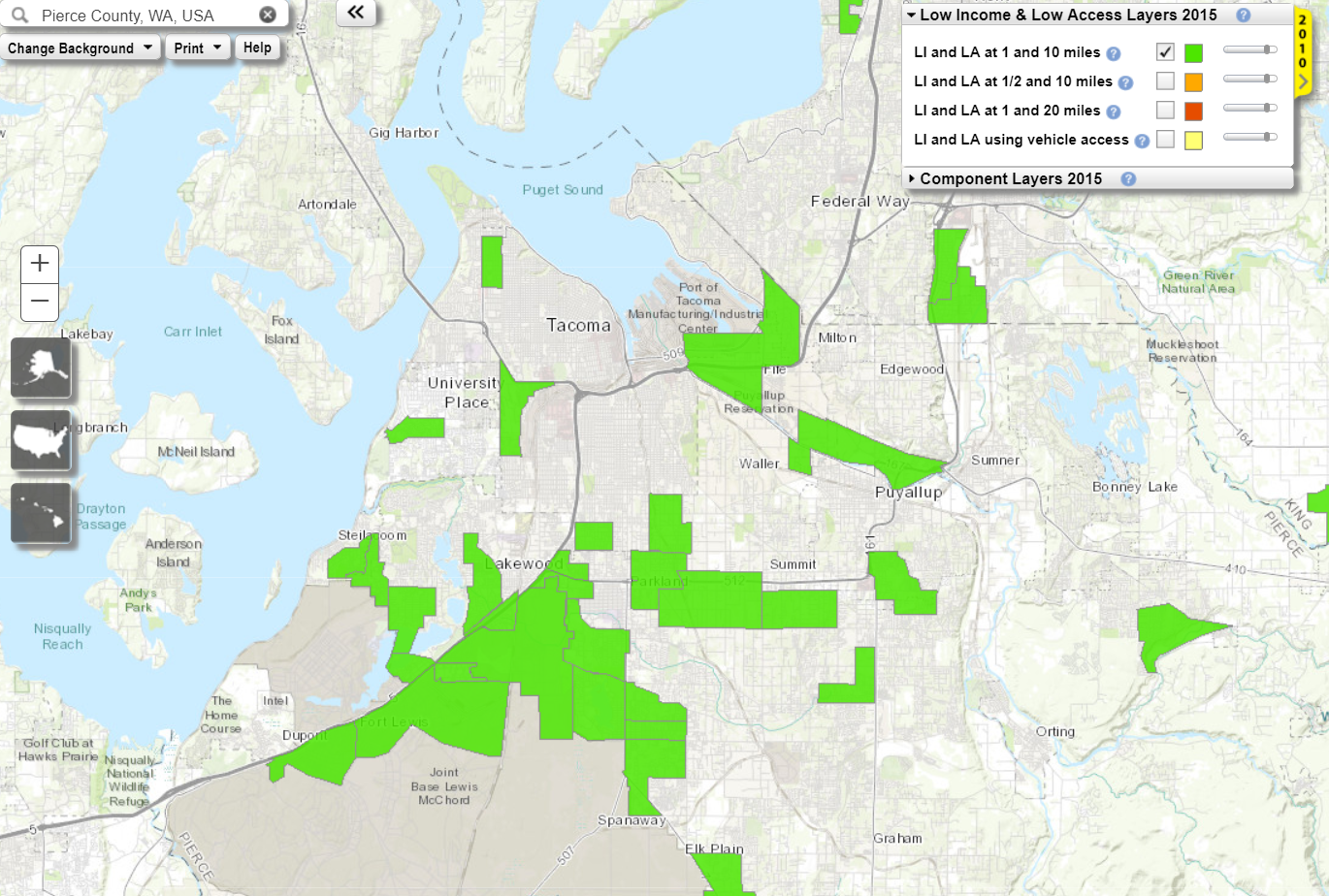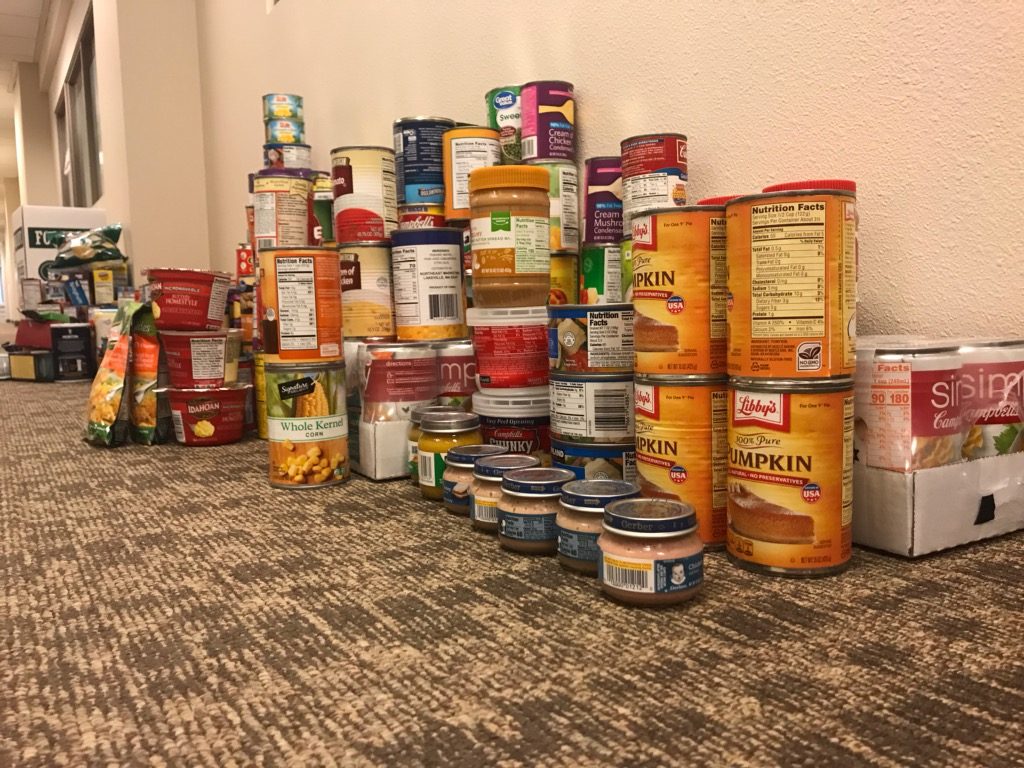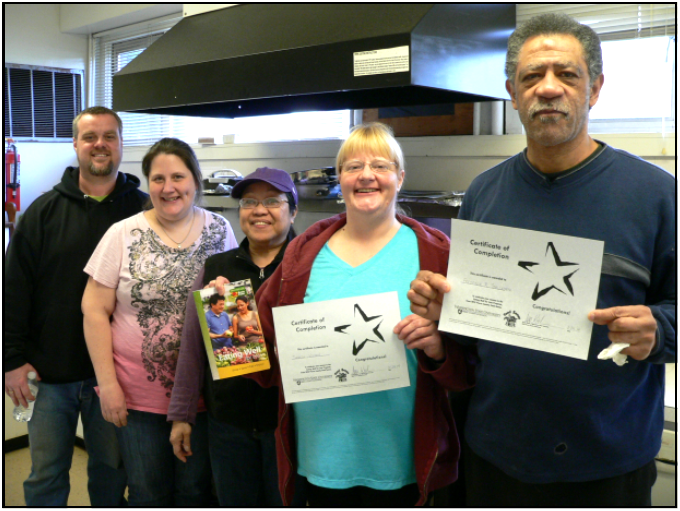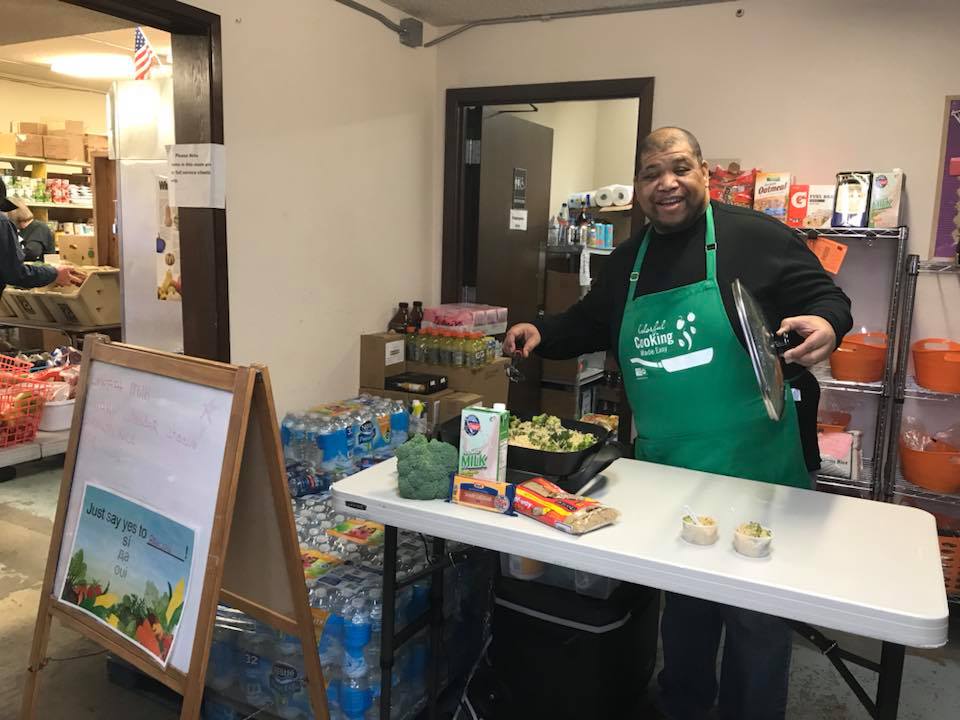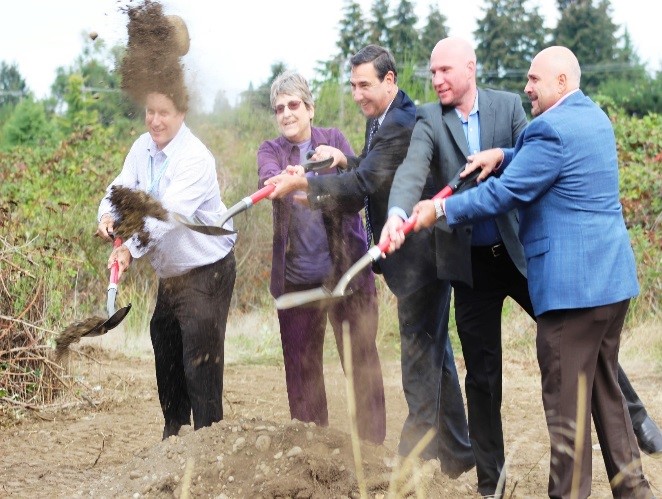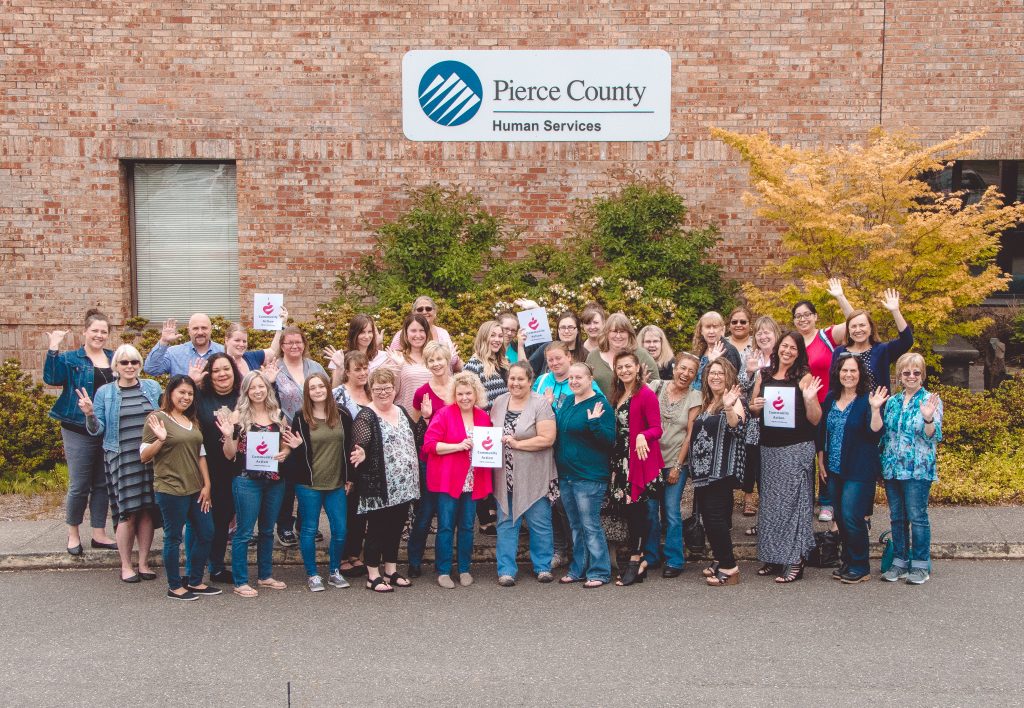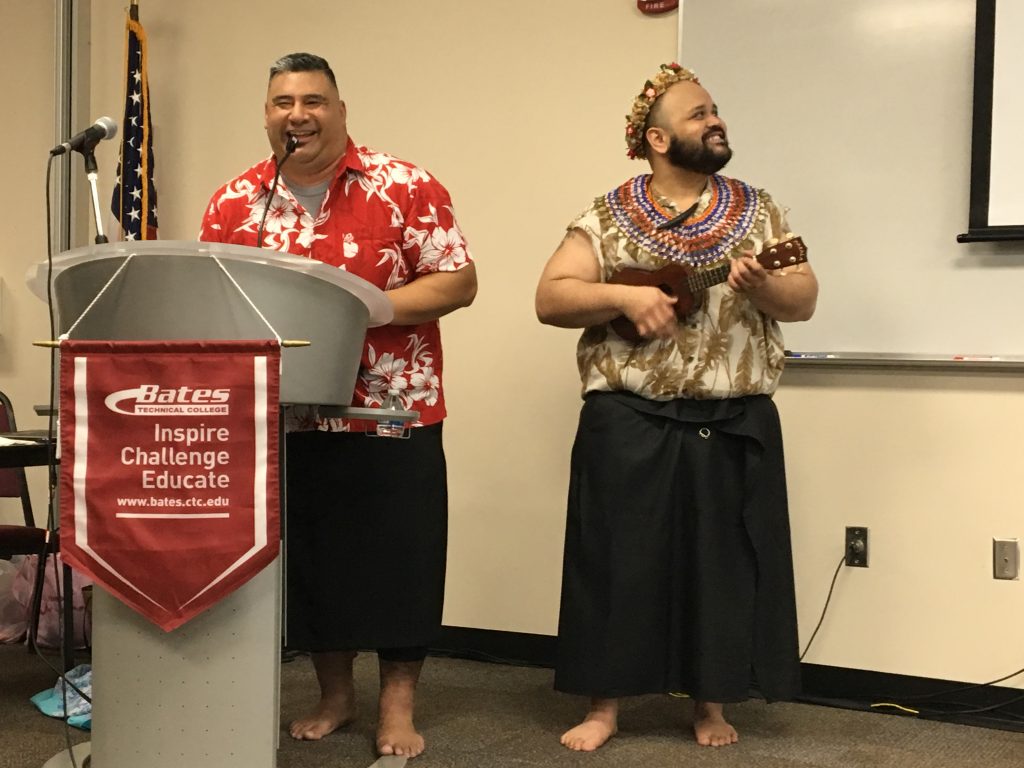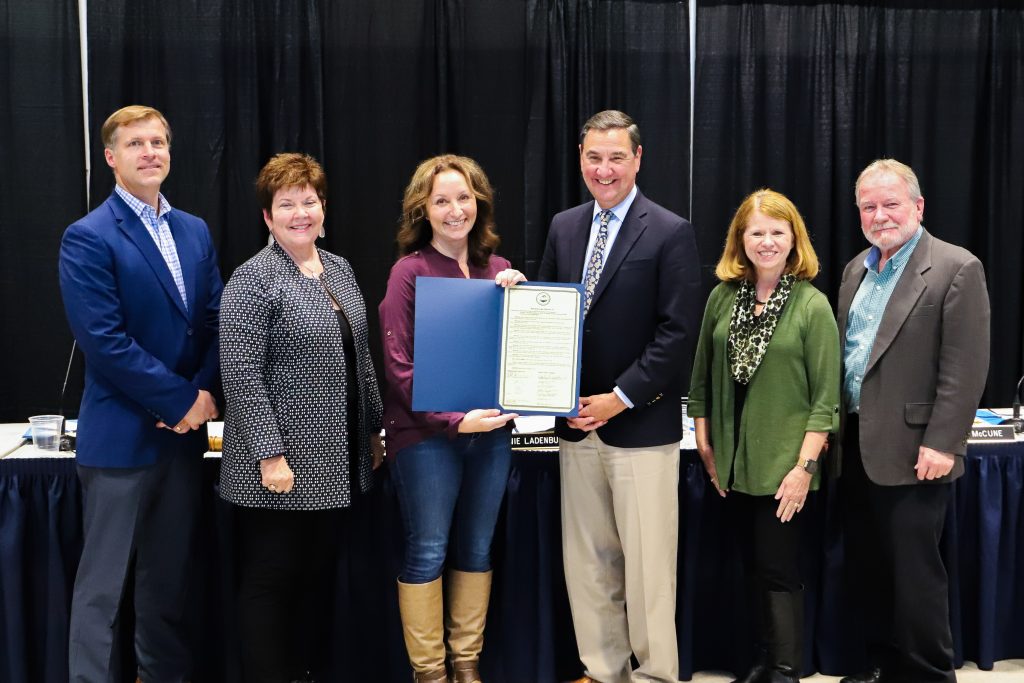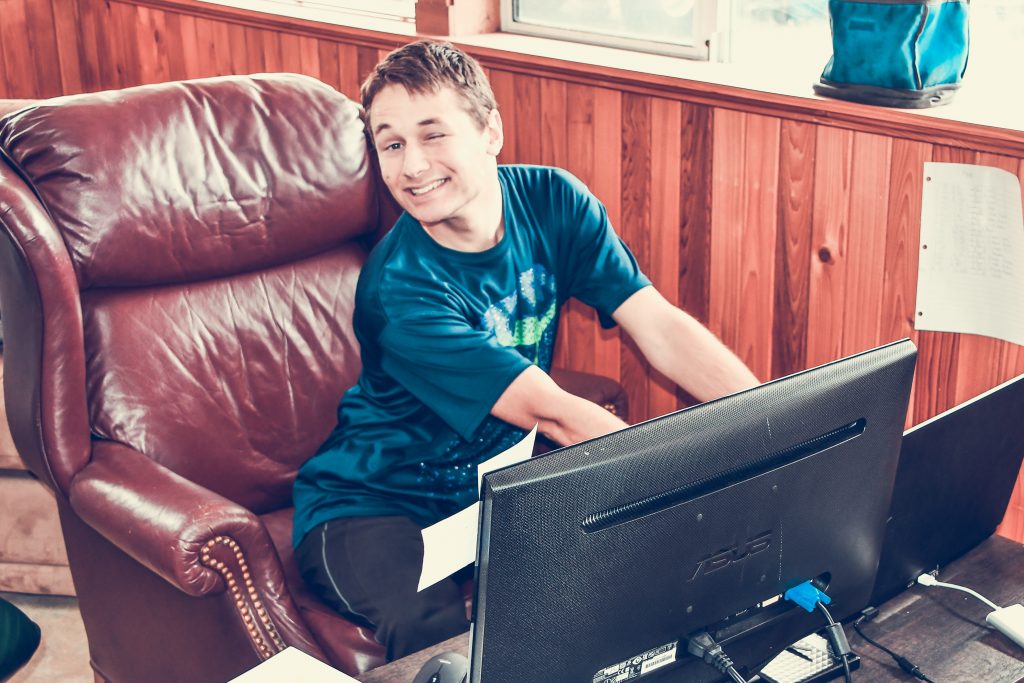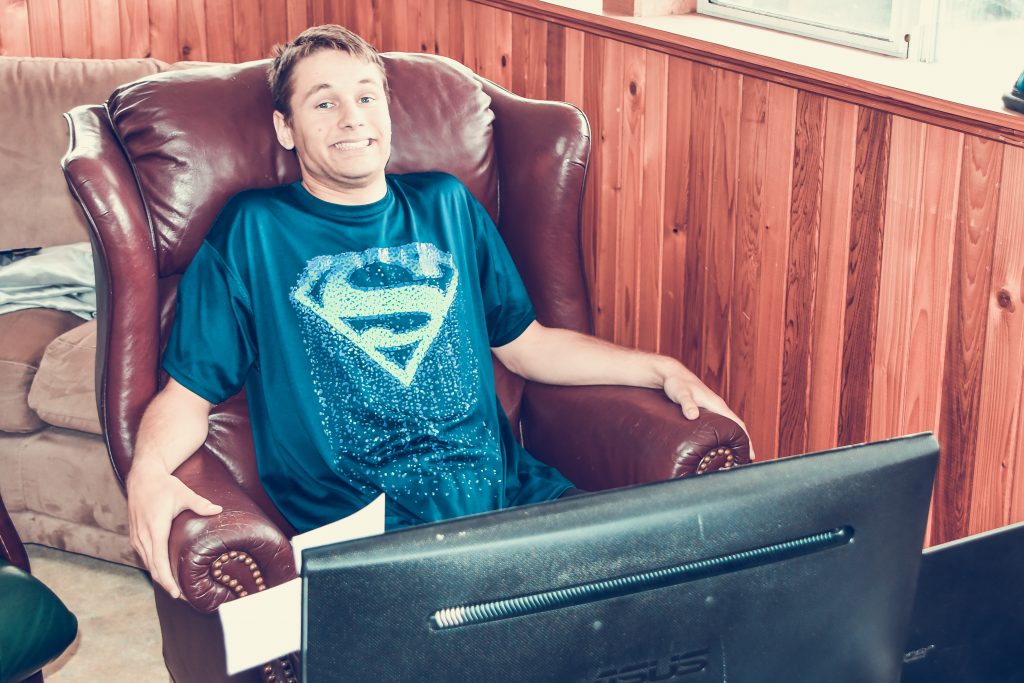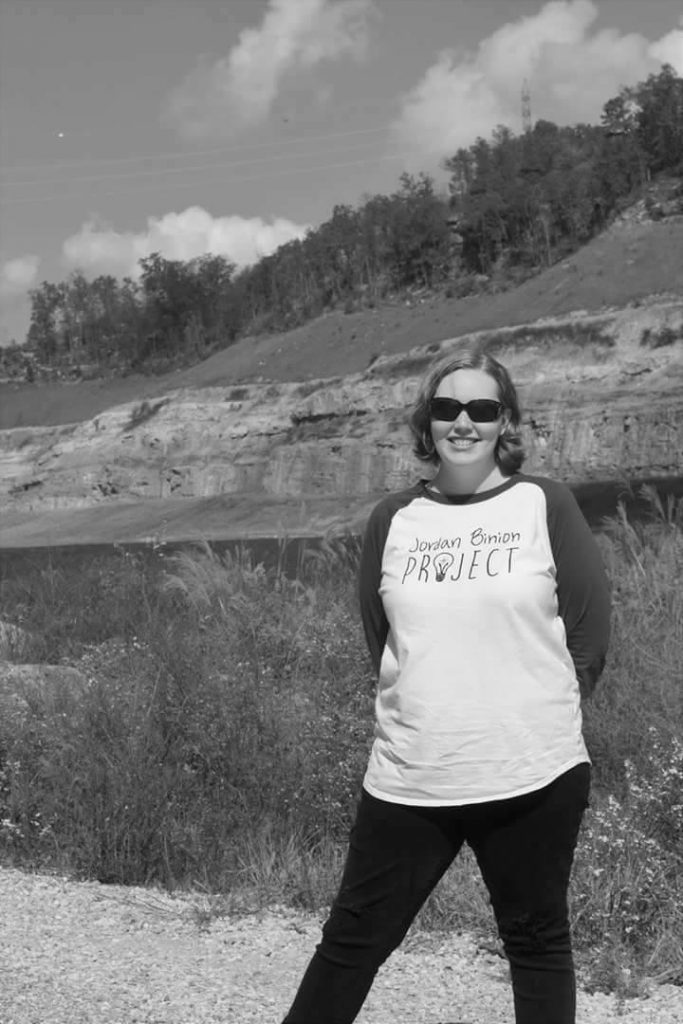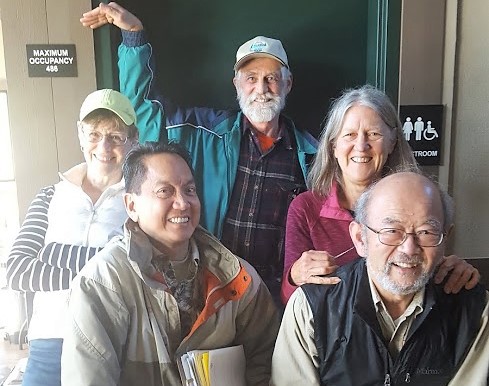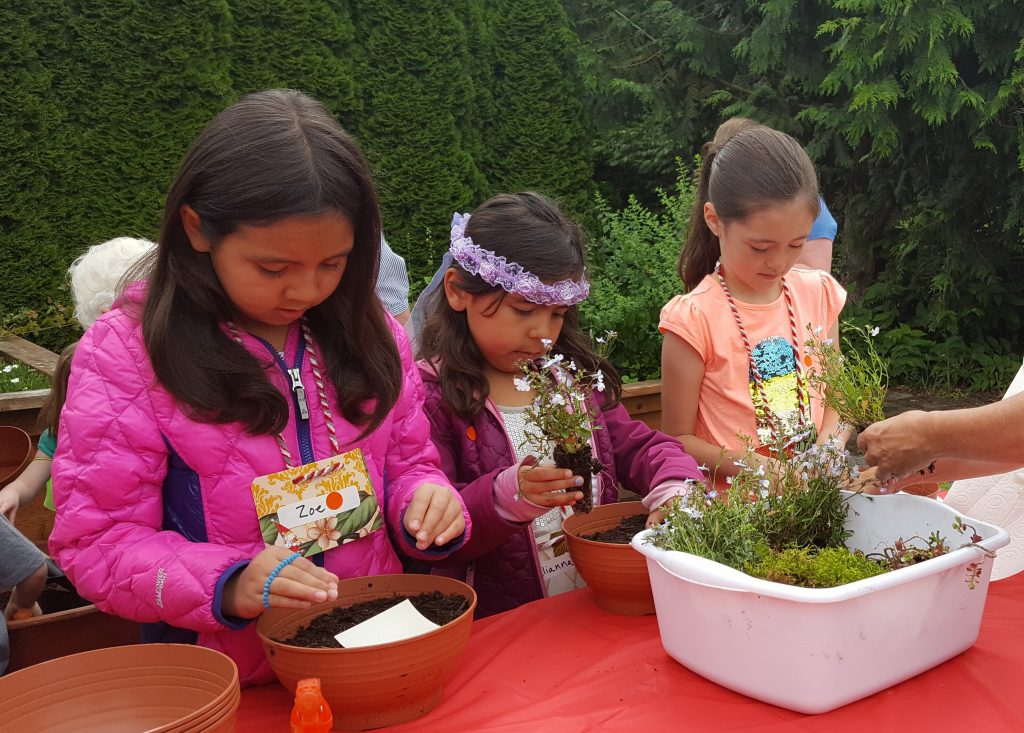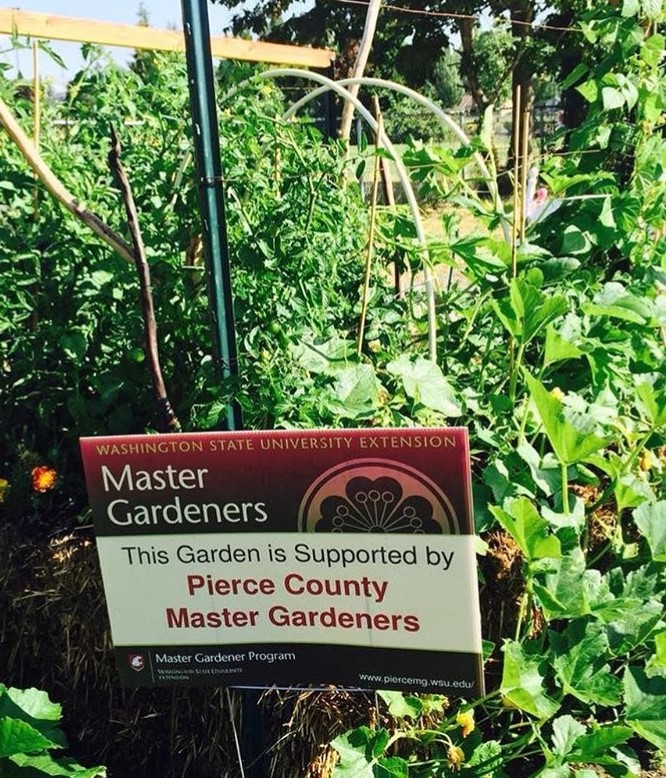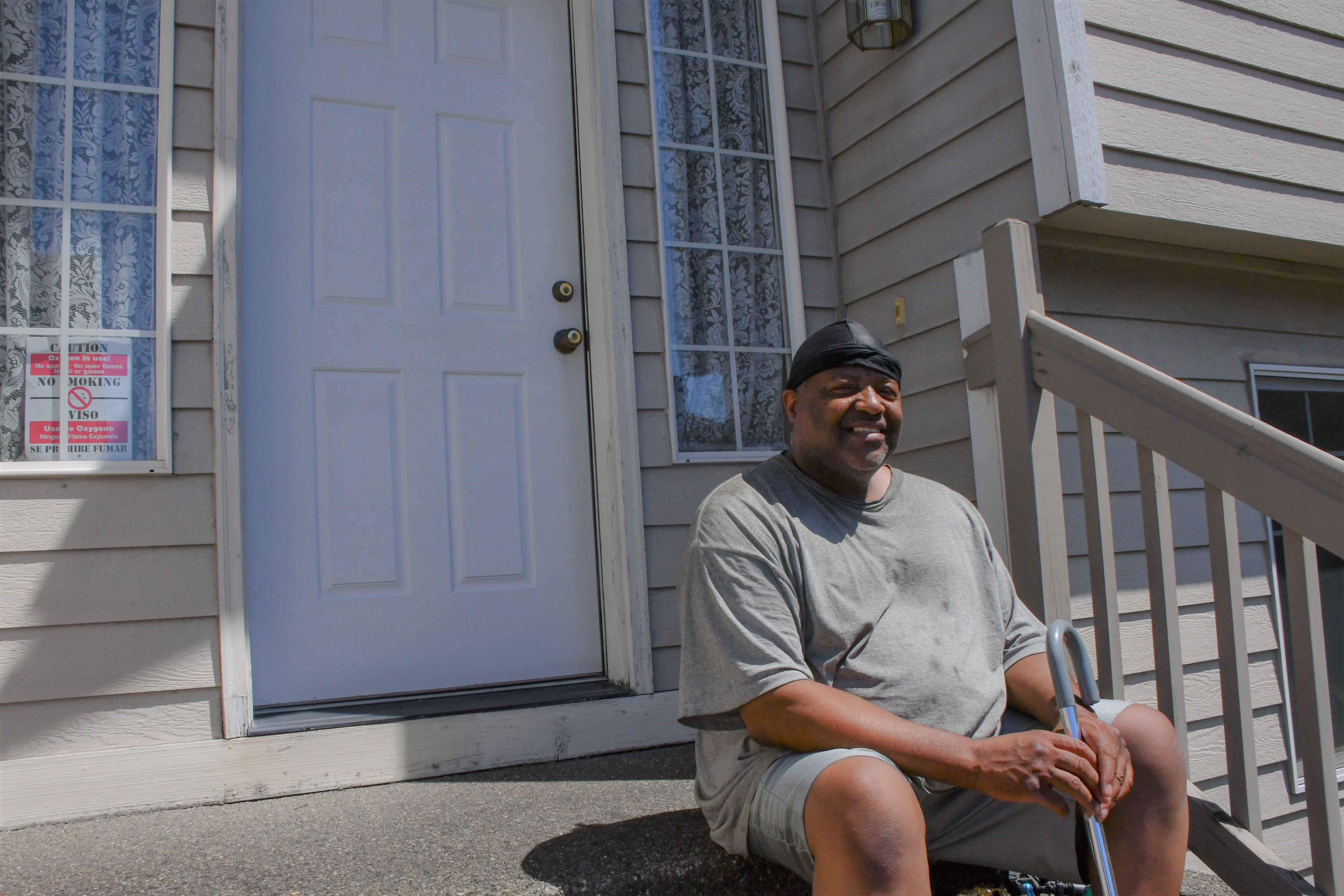Next month, on January 25, hundreds of volunteers will hit the streets to participate in the annual Homeless Point-in-Time Count. The purpose of the Count is to collect information about how people became homeless, so we can improve programs and services to help them.
Volunteers are the backbone of this important day because we would not be able to gather this necessary information without their hard work, dedication, and compassion. Last year we had over 300 volunteers and this as of this writing, with 5 weeks left to sign up, we have 191 people registered to help on the day of the Count! Watch the video below to hear about the experiences of past volunteers.
The Homeless Point-in-Time Count is critical to the development of services and policies that will help us address homelessness, but none of it is possible without volunteers. One volunteer may come with friends from church who want to give back to those less fortunate in the community. Another person may want to volunteer because their brother lives in a shelter and they want to understand the system better. have different reasons for volunteering, but the one thing that all volunteers have in common is that they have good hearts and care about others.
So, what is the day of the Count like for volunteers?
Before you’re scheduled to begin your shift, you will meet up with your team at your agreed upon location to gather donations, make sure your app is working, and plan out your route. During the Count, volunteer teams fan out around the county to collect information from willing participants. Volunteers may join an outreach group, assist with donations, or help at one of the numerous events that day supported by our partnering agencies.
Are people willing to speak with volunteers? Asking a lot of questions feels invasive…
Walking up to people who we think may be experiencing homelessness and striking up a conversation can be a bit awkward, but that is why volunteers can be placed in a group with professionals. These professionals vary in their experiences and may work in the human services field, have lived experience, or have participated in the Count for the last five years. We find that most people we come across don’t mind the survey and are willing to speak to us, but others are not, and that is okay. At the very least, we offer them donations and information on local resources.
I want to help but, how big of a commitment is this for me?
Volunteers must register online and sign up for an in-person 2-hour training opportunity where you will learn about the Count, conversation starters for participants, how to use the survey app, and much more! When you register, you will choose a 4-hour shift time slot to volunteer as well as your preferences for location. Afterwards, you will receive an email with your meeting location and outreach assignment. Volunteers can help tremendously by taking just a few hours of their time to assist in the Count.
If I volunteer, how will this help improve the ‘homeless epidemic’ I keep hearing about?
The Point-in-Time Count provides us with valuable information every year. We use this information to determine if there is an increase in certain populations becoming homeless, or if there is an increase in need for certain services based on the cause of homelessness or disclosed disabilities, for example. One of the most important things the Count does is help us reach people who are not accessing services, so we can connect them to supportive networks in the system. The more we reach, the more likely they are to access services that can help end their crisis with homelessness. Additionally, the Count data educates elected officials, policy makers, and citizens by giving them a first-hand glimpse of what it is like to be homeless. Our hope is that the Count will provide data that drives program needs and helps decrease the number of people experiencing homelessness.
I have physical limitations and can’t walk around for 4 hours. Is there something else I can do?
Yes! There are ways everyone can help. Our partnering agencies have events during the day of the Point-in-Time Count where you can sit down indoors. Project Homeless Connect is an all-day event where you can hand out donations, conduct surveys at a table, or help with other tasks like directing traffic or connecting people to the right resources. We also are looking for volunteers to host donation drives! You can start one at your work or in your neighborhood. Donations can be dropped off through January 23rd, at any of our four locations.

We have learned so much through the Point-in-Time Count, but I will save that for another blog post when we go over the 2019 results! For now, check out the 2017 and 2018 Point-in-Time Count results to see a snapshot of what homelessness looks like in Pierce County.
To our volunteers, past and present, thank you for your time, commitment and service to the Point-in-Time Count. You are undoubtedly helping us improving the lives of Pierce County residents and for that, we are forever grateful.


